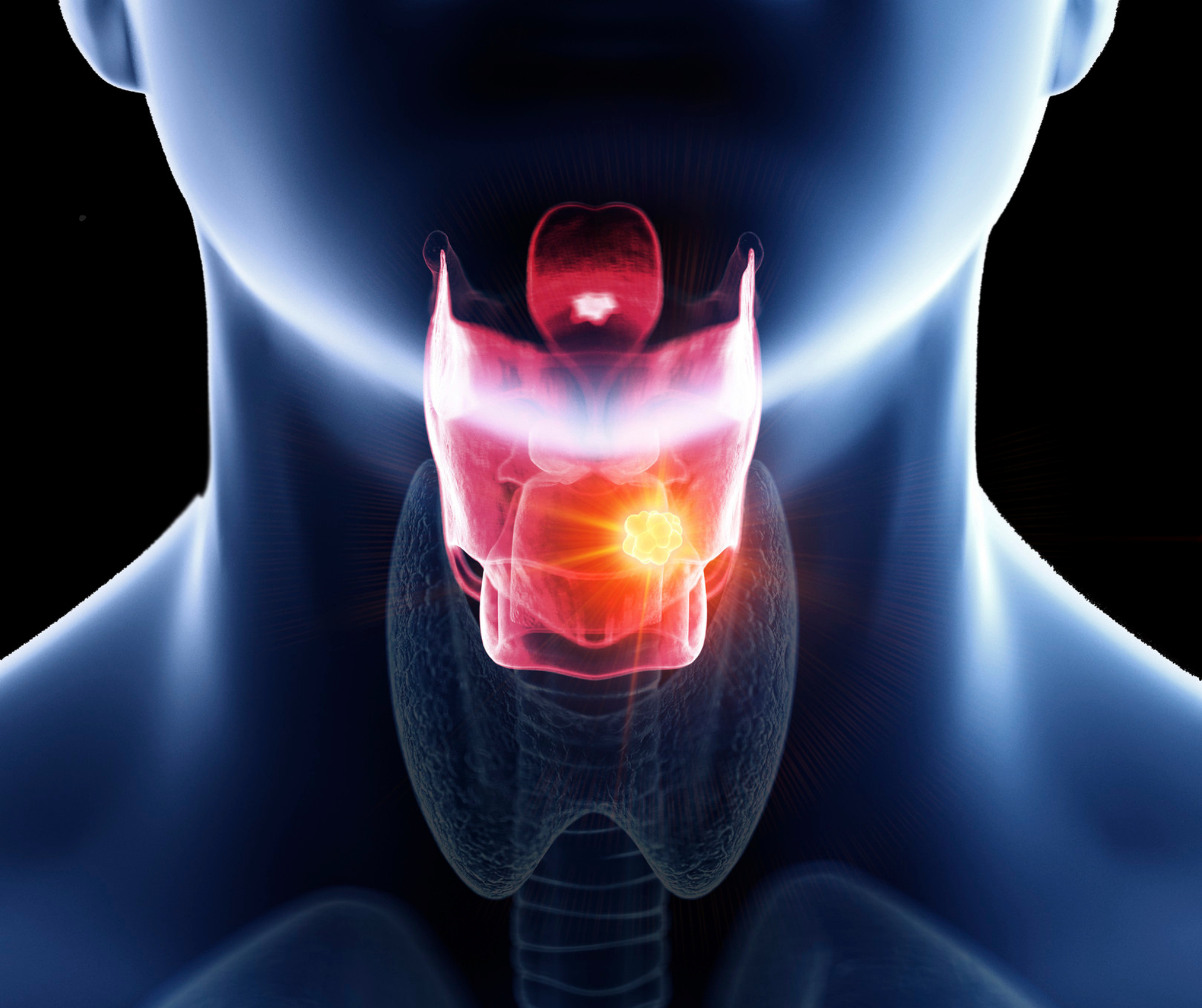Why we Taper for a Marathon
Preparing for a marathon is a physically and mentally demanding task. As the race day approaches, runners often implement a strategic training technique known as tapering. Tapering involves reducing the training load and allowing the body to recover in the weeks leading up to the marathon. But why do we taper? In this blog post, we will explore the scientific rationale behind tapering and why it is an helpful component of marathon preparation
1. Enhancing Physical Recovery:
Tapering provides an opportunity for the body to recover and repair. Intense marathon training places considerable stress on the musculoskeletal system, causing microscopic damage to muscles, tendons, and other connective tissues. By tapering, runners allow these tissues to heal and adapt, reducing the risk of injury and improving overall performance.
Tapering can help restore glycogen stores in muscles, improve muscle strength, and increase the concentration of enzymes involved in energy production. These physiological changes contribute to enhanced athletic performance on race day.

2. Reducing Fatigue and Overtraining:
Overtraining is a common concern among marathon runners. Pushing the body too hard without adequate recovery can lead to excessive fatigue, decreased performance, and even burnout. Tapering allows the body to replenish its energy stores, reduce accumulated fatigue, and restore hormonal imbalances caused by intense training.
Many studies suggests that tapering can help decrease muscle damage and inflammation markers, such as creatine kinase, C-reactive protein, and interleukin-6. These findings indicate that tapering plays a vital role in reducing the risk of overtraining syndrome, optimising recovery, and maximising performance potential.
3. Improving Psychological Readiness:
Marathon training is not just physically demanding; it also takes a toll on the mind. The mental aspect of running a marathon is crucial, as it requires focus, determination, and resilience. Tapering provides runners with an opportunity to recharge mentally, reducing stress and anxiety associated with intense training.
Research reports tapering can improve sleep quality, reduce psychological stress, and enhance overall well-being. Adequate rest during the tapering period helps runners feel fresh, motivated, and mentally prepared for the challenges of the marathon.

4. Maintaining Fitness Gains:
One might worry that reducing training volume during the tapering phase could lead to a decline in fitness. However, scientific evidence suggests otherwise. Tapering does not result in a loss of fitness; rather, it allows the body to consolidate the gains made during training.
Research has demonstrated that tapering can help maintain endurance while reducing training-related fatigue. The study found that runners who tapered adequately before a marathon maintained their cardiovascular fitness and experienced improved running economy.
Tapering is a scientifically supported strategy that plays a vital role in marathon preparation. By reducing training volume, allowing physical recovery, minimising fatigue, enhancing mental readiness, and consolidating fitness gains, tapering optimises performance potential on race day.
Research has shed light on the physiological and psychological benefits of tapering, emphasising its importance in preventing overtraining, reducing injury risk, and achieving peak performance. As you embark on your marathon journey, remember to incorporate a well-structured tapering phase into your training plan. It might just be the key to reaching your full potential and crossing that finish line with a smile.



